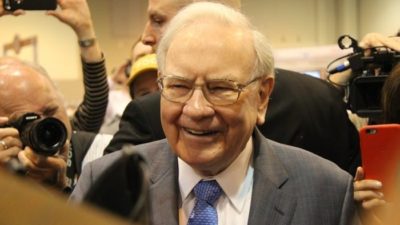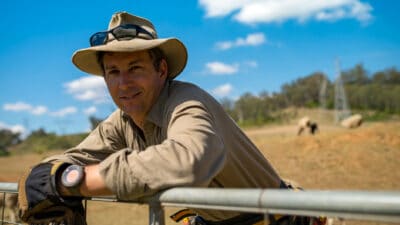Let's assume you have an empty or small ASX share portfolio, but you want to grow it into a $300k portfolio as quickly as possible. Cheap ASX shares might just be the best way to do it.
Building an ASX share portfolio from scratch (or close to it) is no easy feat, let alone getting to a portfolio worth $300,000. But I think it is doable with a lot of patience and disciplined investing.
But choosing the right investments at the lowest possible price is essential. After all, whilst we all like it when our shares rise in value, the more expensive a company is, the lower the potential returns you might receive.
So here's what I would do if I were starting out on an investing journey today.
Start with index funds
First up, I would invest some of the cash I had saved up into a simple index fund like the iShares Core S&P/ASX 200 ETF (ASX: IOZ). I believe that a fund like this one is a great place to invest at any point in the market cycle.
Since IOZ represents a slice of the entire Australian share market, you are always going to get some ASX shares that are cheap, and others that are expensive. By using a dollar-cost averaging strategy, you can further ensure that you are never paying a price that's overly expensive for these ASX shares, at least for too long.
If the iShares ASX 200 ETF continues to hit an annual average return of 7.91% per annum, as it has over the five years to 30 April, a monthly investment of $500 will see you hit $300k within 21 years. Of course, we should never assume an investment returns what it has in the past into the future. But you still get a good shot at a decent long-term return with this index fund in my view.
Looking for cheap ASX shares
But what about some individual ASX shares? Well, despite the volatile run the Australian share market has had over the past couple of months, the reality is that the ASX 200 Index is still pretty close to its most recent all-time high. While this makes finding cheap ASX shares a little more difficult, you can start by looking for blue-chip stocks that are well off their last 52-week highs.
Telstra Group Ltd (ASX: TLS) might be a good example. Telstra is today languishing at $3.46 a share at the time of writing. That's down more than 22% from its last 52-week high.
At this share price, Telstra is trading on a dividend yield of 5.05%. That means you'd only need around 2% worth of capital growth per annum to make this company a market beater going forward (assuming Telstra's dividends are at least maintained).
Woolworths Group Ltd (ASX: WOW) is another ASX 200 share that I think is looking pretty cheap right now. This grocer is also down more than 22% from its last 52-week high. This can be put down to a number of factors, including a recent lacklustre earnings report and the messy departure of its CEO.
But these falls have left Woolworths shares at the cheapest levels we've seen in years. The company is currently sporting a relatively high dividend yield of 3.4% for one. But Woolworths is also trading close to its rival Coles Group Ltd (ASX: COL) on a price-to-earnings (P/E) basis – a rare occurrence.
Buying $1 for 80 cents
A final way I personally like to buy cheap ASX shares is by going through listed investment companies (LICs).
LICs are companies that run a portfolio of underlying assets (usually other shares) on behalf of their shareholders. Because of this unique structure, the value of a LIC can actually be cheaper than the sum of its underlying portfolio.
A good example right now is one of my favourite LICs – MFF Capital Investments Ltd (ASX: MFF). MFF Capital owns a portfolio that houses some of the world's best companies, including Amazon, Mastercard, Visa and Alphabet.
Earlier this week, MFF told us that, as of 24 May, its portfolio was worth $4.27 per share before taking taxes into account and $3.57 a share post-tax. Yet today, you can pick up MFF shares for just $3.52 each at the time of writing.
Foolish takeaway
There's no foolproof way of getting from nothing to a portfolio worth $300k. However, I think the best way to approach this task is by using a combination of index fund investing and finding cheap ASX shares.
The latter is easier said than done, but with practice and a willingness to not accept the market's pricing as gospel, it can be done.









